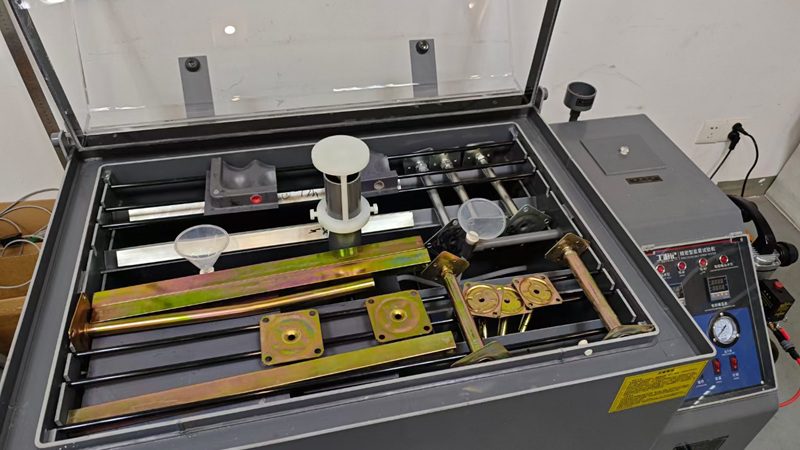In today’s world dominated by electronic devices, static electricity is an invisible threat lurking in server rooms, laboratories, and even offices. Raised access floors, also known as anti-static floors, are designed to safeguard valuable equipment from this threat. But how can we be sure these floors are effectively doing their job? This article explains the world of anti-static floor testing, providing a clear understanding of the methods used and the importance of regular assessments.
Understanding Anti-Static Flooring in Raised Access Floor
As the name suggests, anti-static floors prevent the buildup of static electricity. Their special materials and design quickly channel static charges to the ground, protecting sensitive equipment. However, the effectiveness of these floors can decline over time due to wear and tear or environmental factors. Therefore, regular testing is crucial to ensure continued protection.
Methods for Testing Anti-Static Performance in Raised Floor
Several methods are commonly used to test the anti-static performance of raised access floors:
1. Surface Resistance Testing
Surface resistance is a key indicator of anti-static performance. Specialized resistance meters measure the electrical resistance on the floor’s surface. Compliant floors should have low resistance, typically less than 1×10^9 ohms.
Key Considerations for Accurate Testing:
- Controlled Environment: Ensure the testing environment meets standard requirements for factors like humidity and temperature.
- Reliable Equipment: Use a high-precision, stable resistance meter for accurate measurements.
2. Surface Potential Testing
Similar to surface resistance, surface potential is another critical indicator. A specialized instrument called an electrostatic voltmeter measures the electric field strength on the floor surface. Acceptable floors should exhibit low potential, typically below 2 kV.
Key Considerations for Accurate Testing:
- Controlled Environment: Maintain standard environmental conditions during testing.
- Appropriate Equipment: Use a suitable electrostatic voltmeter for accurate readings.
3. Cleanliness Testing
Cleanliness significantly impacts anti-static performance. Dust and dirt accumulation can hinder conductivity, reducing the floor’s effectiveness.
Testing for Cleanliness:
- Specialized Methods and Standards: Use appropriate testing methods and standards to evaluate surface cleanliness.
- Suitable Equipment: Employ suitable instruments like specialized vacuum cleaners or soft cloths to assess and remove surface contaminants.
4. Static Discharge Testing
This method simulates a static discharge to evaluate the floor’s ability to dissipate charges effectively. It provides a comprehensive understanding of the floor’s anti-static capabilities.
Testing Process:
- Simulated Discharge: Use specialized equipment to simulate a static discharge.
- Observation: Observe the floor’s ability to dissipate the charge effectively.
- Controlled Environment and Equipment: Maintain standard environmental conditions and use reliable testing equipment.
Importance of Accurate Testing and Maintenance
These four methods provide a comprehensive assessment of an anti-static floor’s effectiveness.
Additional Considerations During Testing:
- Avoid Interference: Prevent friction or contact between testing instruments and the floor to avoid skewed results.
Maintaining Optimal Performance:
- Regular Maintenance: Implement a schedule for regular cleaning and maintenance of the floor to ensure long-term effectiveness.
Choosing a Reliable Service Provider
When selecting a service provider for anti-static floor testing, consider companies specializing in data center equipment. Look for providers with:
- Expertise: Proven experience in the field.
- Quality Products: A reputation for providing high-quality anti-static flooring solutions.
- Professional Testing: A dedicated team of professionals and access to advanced testing equipment.
Testing the anti-static performance of raised access floors is crucial for protecting sensitive electronic equipment. By using appropriate testing methods, reliable equipment, and adhering to proper procedures, we can ensure accurate assessments. Regular maintenance and cleaning further contribute to the long-term effectiveness of these floors, creating a safe and protected environment for valuable electronic systems.
Huiya Real-Time News
Huiya Real-Time News is dedicated to providing you with the latest and most authoritative information on the raised flooring industry.
We provide 24/7 updates on industry policy interpretations, market trend analysis, company news.
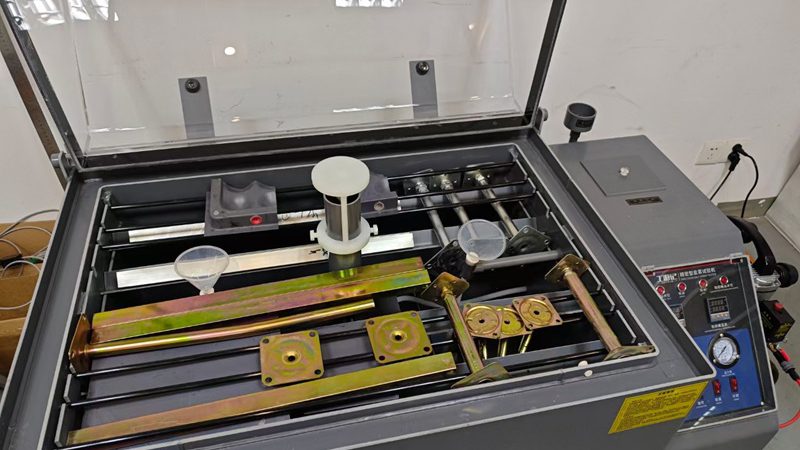
匯亜、新たに塩霧試験装置を導入 OAフロアの品質防線を強化
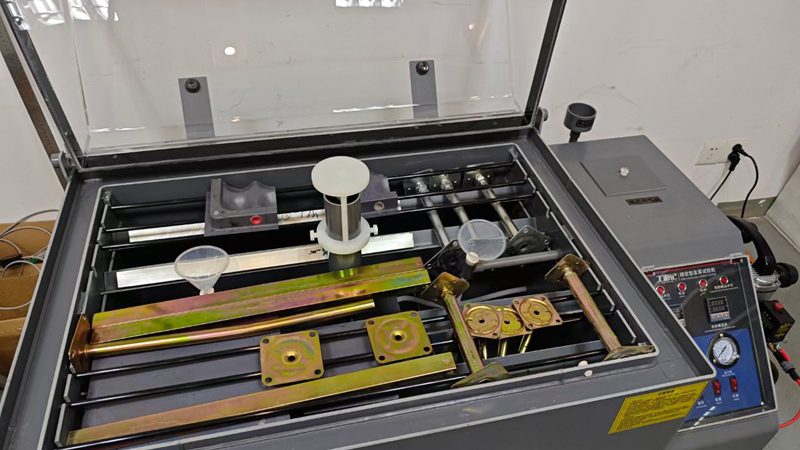
회아, 새 염무시험장비 도입해 이중바닥재 품질 방호선 단단히 만듦
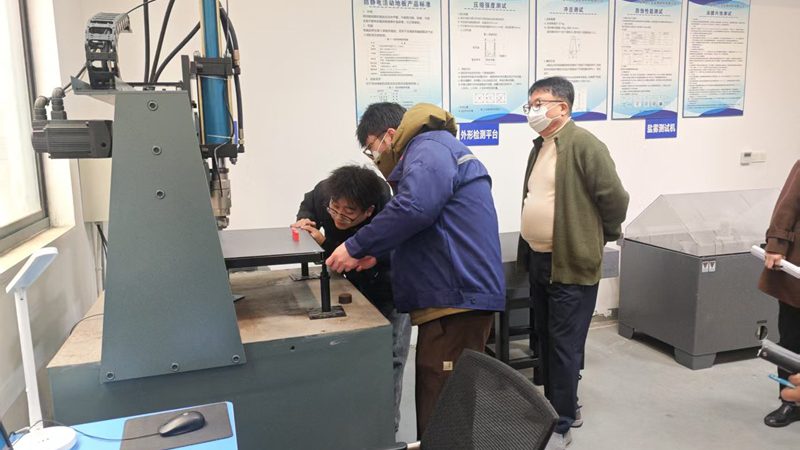
창주 회아 이중바닥재 회사, 한국 KSA 인증 획득하며 이중바닥재 공식 한국 수출 시작
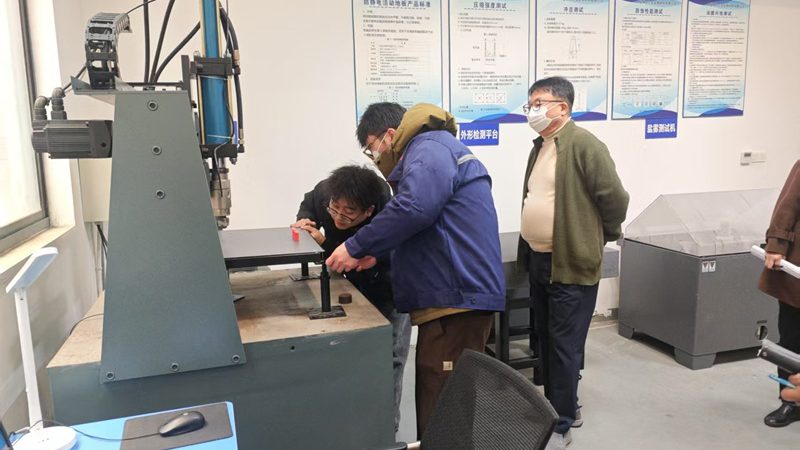
常州汇亜OAフロア社、韓国KSA認証取得、OAフロアが正式に韓国に輸出サブタイトル
MORE DOWNLOADS

GENERAL CATALOGUE

HUIYA INTRODUCTION

HUIYA GREEN LABEL
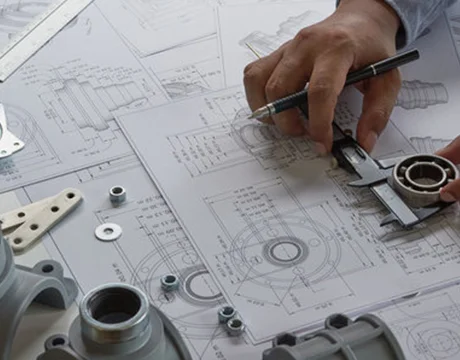
CAD/BIM FULL STEEL
APPLICATION SCENARIOS







